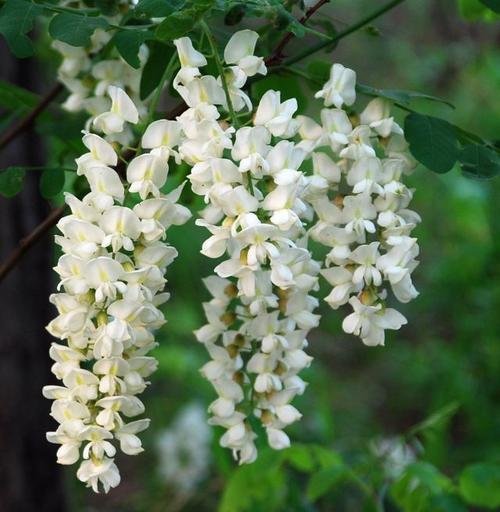japanese pagoda tree problems
Styphnolobium japonicum. Report Problems to the Food and Drug Administration.
Japanese Pagoda Tree Becoming Popular In U S Cities What Grows There Hugh Conlon Horticulturalist Professor Lecturer And Gardener
Sophora japonica commonly called Japanese pagoda tree or Chinese scholar tree is native to China and Korea but not Japan.
:max_bytes(150000):strip_icc()/japanese-pagoda-tree-care-5186863-02-40fc3009a3e544499b255f71c2f98b8a.jpg)
. It is generally cultivated for its attractive compound foliage and fragrant. Check out our japanese pagoda tree selection for the very best in unique or custom handmade pieces from our shops. Get Up to 4 Quotes Today.
And marginal hardiness in zone 6 and lower which can cause dieback. Diseases Sophora species is generally pest- and disease-free. Arborists Available to Help Anytime 247.
It produces light shade and withstands heat. Pruning at the end of the blooming season will help this plant grow to its full potential as. The Japanese pagoda tree is known for its fragrant flowers and attractive foliage.
The phase IV clinical study is created by eHealthMe based on reports from the FDA and is updated regularly. Clay loam sandy soils. Look at the bottom of the yellow leaves the ones that have a shaded area closer to the root if this area stays greener it is probably sunburned not something else.
Flowers fall together in midsummer creating a fragrant blanket of white around the tree. After the Japanese pagoda tree finishes blooming and fall moves into winter the ground below the tree will be littered with dead blossoms seed pods leaves and twigs. We study 12 people who take Japanese pagoda-tree or have Denture problems.
Leaves are compound with 7-17 pinnate bright green leaflets. 50 - 82 Other. Pagoda tree Styphnolobium japonicum is a plant found in China Japan and Korea.
How to Grow Pagoda Plants. Rake and dispose of the. However there is a way to tell if it is sunburn.
50 - 70 Site characteristics. The leaves of your Japanese pagoda tree can also change color in case it gets too much water or not enough light as we saw above. I just looked through an old tree book I have showing a mature Japanese pagoda tree.
The Japanese pagoda tree is often called the Chinese scholar tree. Ad Experienced Safe Tree Removal Services At Prices We Know Youll Love. No report of Denture problems is found in people who take Japanese pagoda-tree.
Ad Talk or Chat with a Tree Specialist Today. The common name Japanese pagoda comes from it being planted on the grounds surrounding Buddhist temples. Ad Free Tree Care Cost Estimates.
Ad Madrone Tree Removal Costs - Enter ZipCode Save Today. The Japanese pagoda tree is often grown as a shade tree in lawns or on patios however flowers and seedpods often leave stains on pavement. If you would like more pagoda tree information click on this article.
Pagoda tree contains chemicals similar to. The Japanese pagoda tree is often called the Chinese scholar tree. Flowers resemble typical pea flowers and grow in showy creamy white clusters with a lovely fragrance.
It seems to be huge and very open branches and beautiful. Japanese Pagoda Tree For vein problems. I have observed the canker and.
Quick Cost Comparisons on Local Companies - Save Money Now. Trees do best in areas with full sun or partial shade and moderate amounts of water. Tips On Growing Japanese Pagodas.
Local Tree Service Experts - Serving Residential Commercial Clients - Same-Day Services. Pest and disease problems leafhopper canker. It is a showy flowering tree in the pea family.
Tolerates drought Native range. This seems more appropriate since the tree is native to China and not Japan. Extract from Japanese Pagoda Tree has been used widely in Europe since the mid-1960s for treatment of various vein conditions including spider veins.
Questions about Pagoda Tree asked by other gardeners. The pagoda tree is native to China and Korea where it can be found growing in abundance in thickets and upland forests along rocky mountain slopes. The flowers buds and fruit are used in traditional medicine.
5b - 9a Wetdry. Regent rapid growth profuse. Princeton Upright upright.
To successfully grow a pagoda plant choose a sunny yet sheltered location. It is a medium to large deciduous tree that typically matures to 50-75 less frequently to 100 tall with a broad rounded crown. Used in both supplements and creams the extract has been shown to enhance vein stability improve circulation and reduce inflammation.
Styphnolobium japonicum commonly called Japanese pagoda tree or Chinese scholar tree is native to China and Korea but not Japan. Árbol de la Pagoda Arbre de Miel Arbre aux Pagodes Chinese Scholartree Huai Hua Japanese Pagoda Tree Japanese Sophora Pagode Japonaise Sófora Sophora du Japon Sophora japonica Sophora Japonica Linn Soppora Japonica Styphnolobium japonicum. Attractive cream-colored flowers in late July.
Pagoda tree Styphnolobium japonicum is a plant found in China Japan and Korea. Weak wooded and susceptible to storm damage. Be sure that the soil is well-draining since this plant will take in plenty of water during its growing season but doesnt like to be bogged down.
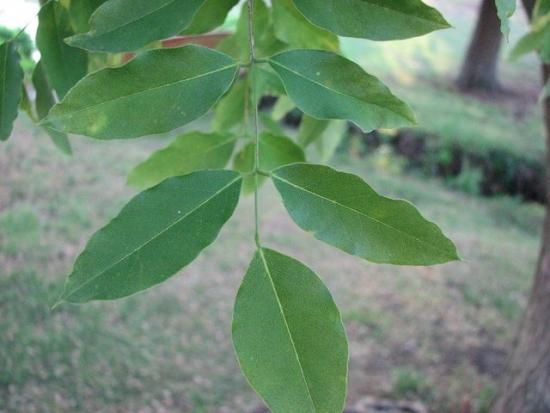
Japanese Pagoda Tree Scholar Tree Yale Nature Walk
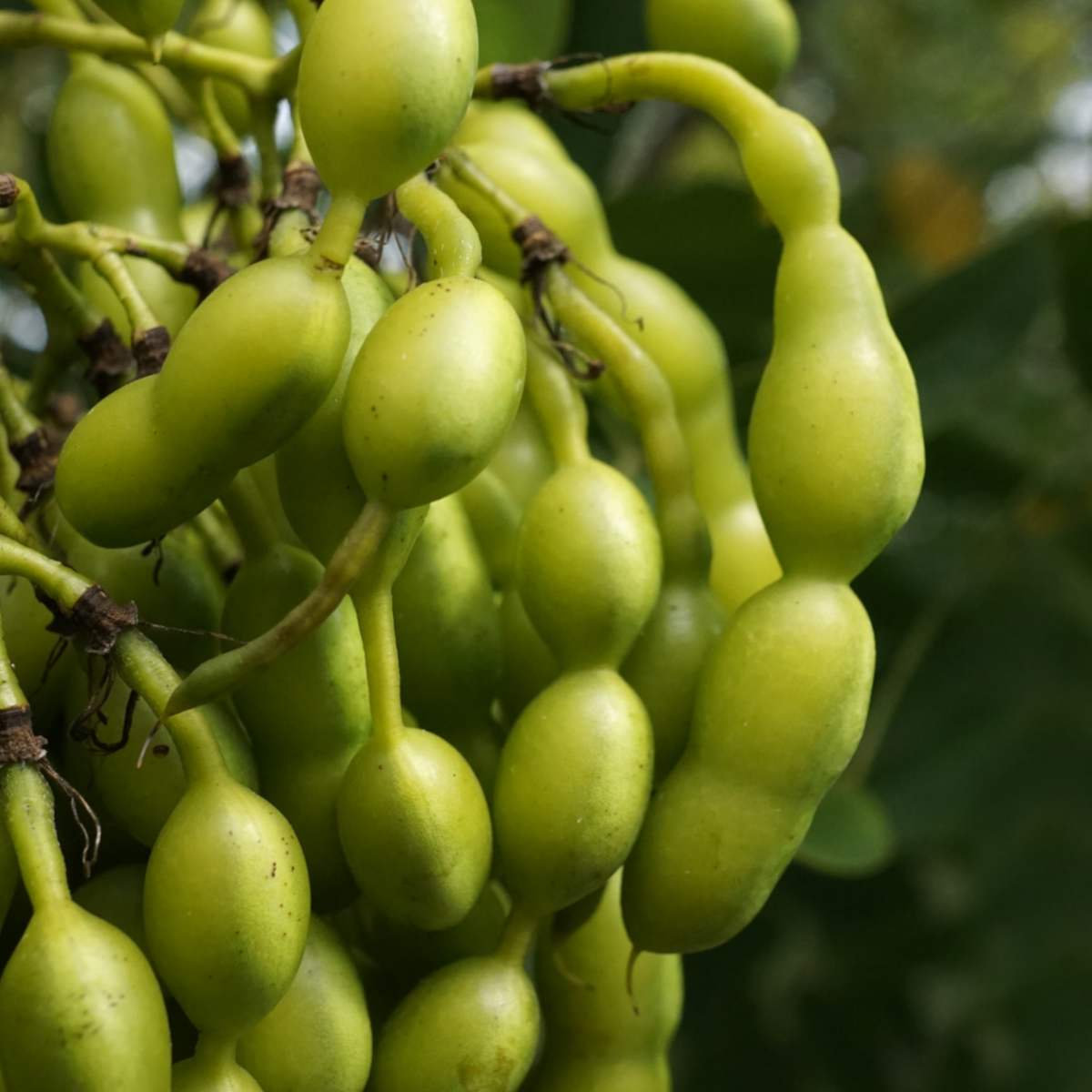
Japanese Pagoda Tree An Elegant And Airy Slow Growing Giant For Parks

Japanese Pagoda Tree Care Maintenance Instructions Cool Garden Ideas
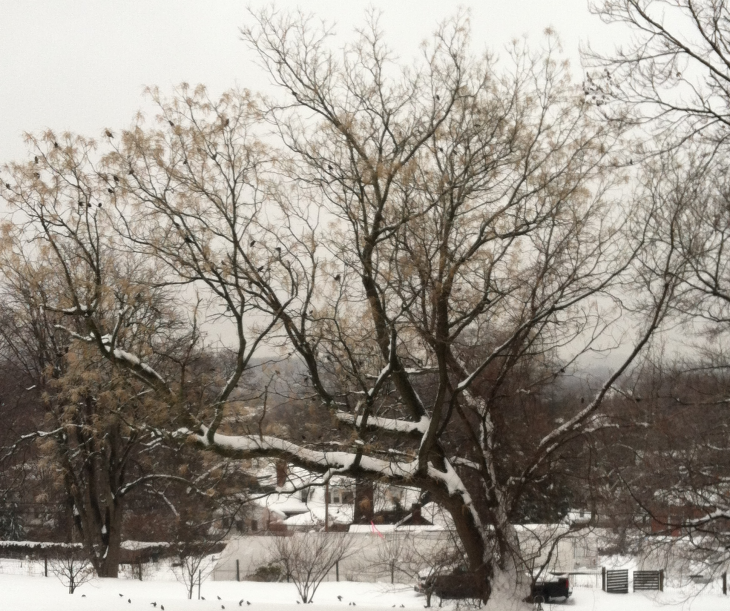
Japanese Pagoda Tree Scholar Tree Yale Nature Walk
:max_bytes(150000):strip_icc()/japanese-pagoda-tree-care-5186863-07-678db2e12f964f979141917e3892ee54.jpg)
Japanese Pagoda Tree Care And Growing Guide
Japanese Pagoda Tree Becoming Popular In U S Cities What Grows There Hugh Conlon Horticulturalist Professor Lecturer And Gardener
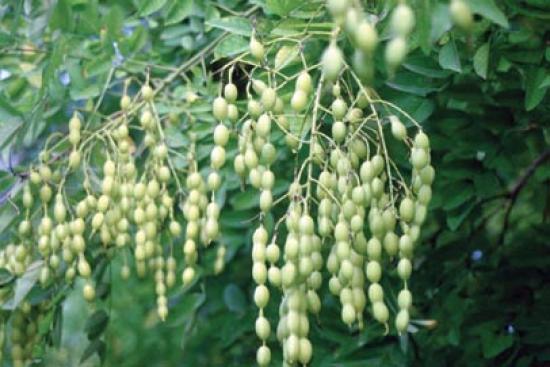
Japanese Pagoda Tree Scholar Tree Yale Nature Walk
:max_bytes(150000):strip_icc()/japanese-pagoda-tree-care-5186863-04-eea66be4d0454af08c590e51a6e51aca.jpg)
Japanese Pagoda Tree Care And Growing Guide
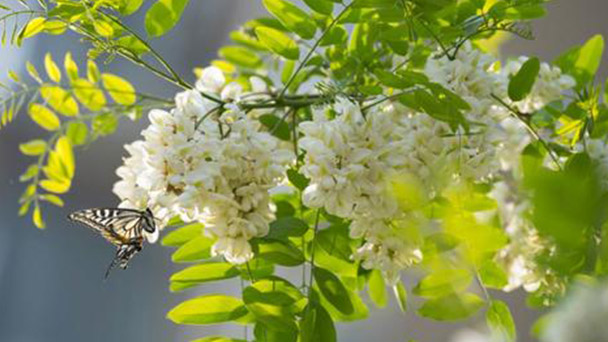
How To Grow And Care For Japanese Pagoda Tree Rayagarden

What Is Sophora Japonica Learn About Japanese Pagoda Tree Care
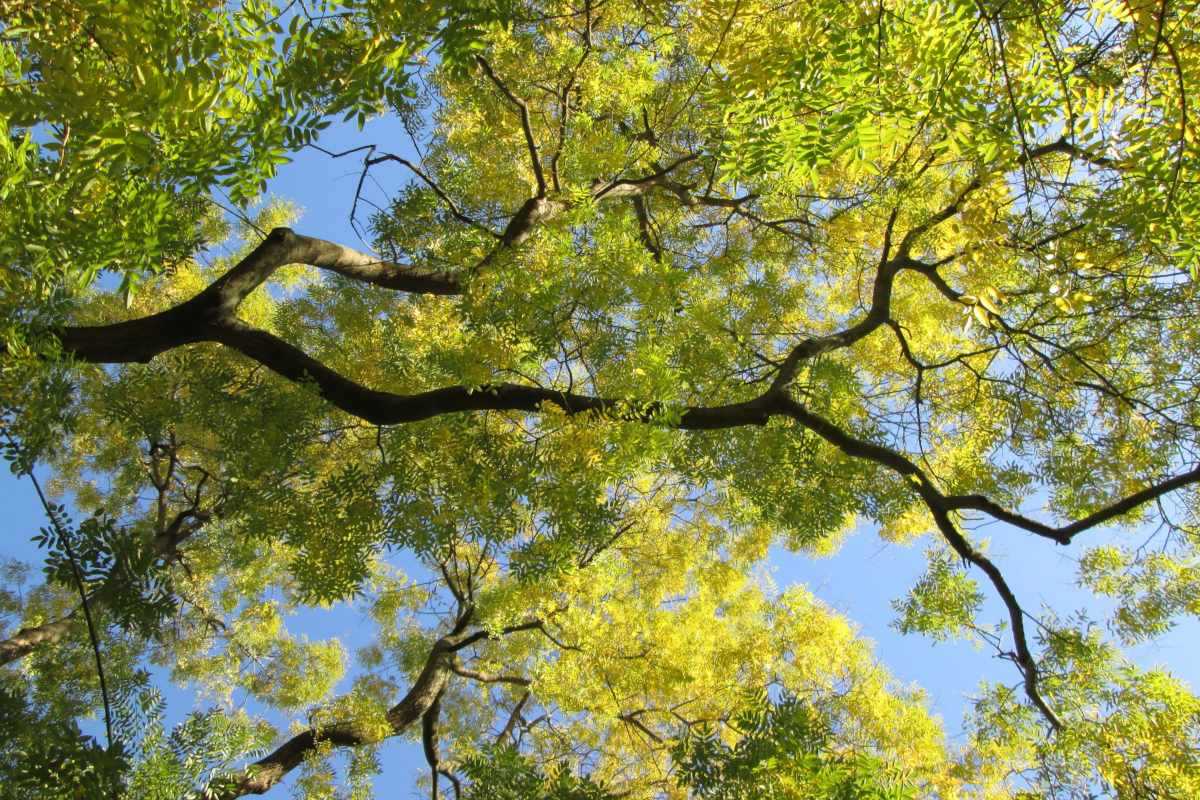
Japanese Pagoda Tree An Elegant And Airy Slow Growing Giant For Parks

Pagoda Tree Facts And Health Benefits
/japanese-pagoda-tree-care-5186863-hero-b959bcf0d99349dcaef36a3b9e0cfeb0.jpg)
Japanese Pagoda Tree Care And Growing Guide

Japanese Pagoda Tree Chinese Scholar Tree Styphnolobium Japonicum Southern Living Southern Living
:max_bytes(150000):strip_icc()/japanese-pagoda-tree-care-5186863-02-40fc3009a3e544499b255f71c2f98b8a.jpg)
Japanese Pagoda Tree Care And Growing Guide

Try A Japanese Pagoda Tree Rock Bridge Trees Trees For Bees
:max_bytes(150000):strip_icc()/japanese-pagoda-tree-care-5186863-06-ea23bcea86d74cdd998d083e1da1f11e.jpg)
Japanese Pagoda Tree Care And Growing Guide
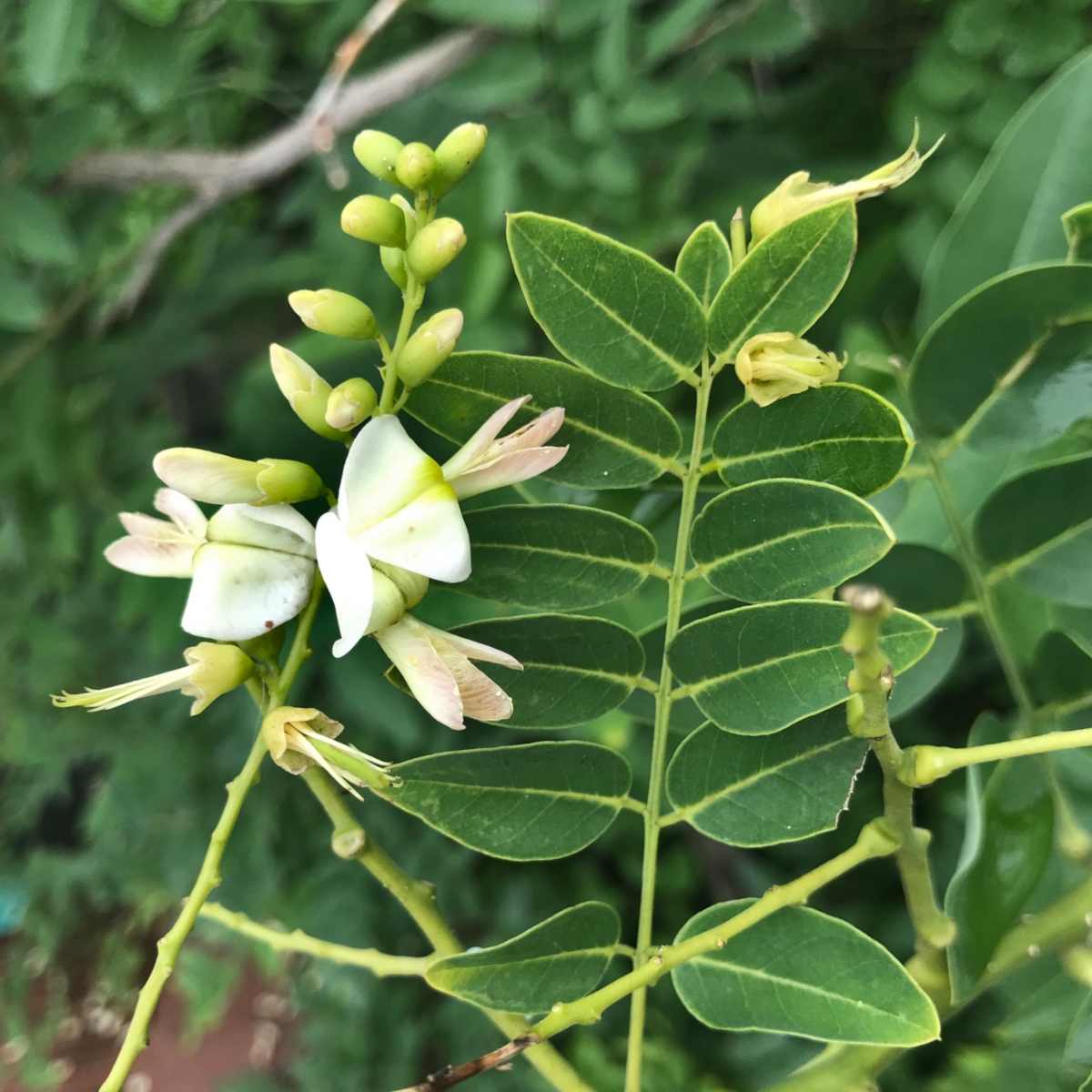
Japanese Pagoda Tree An Elegant And Airy Slow Growing Giant For Parks
